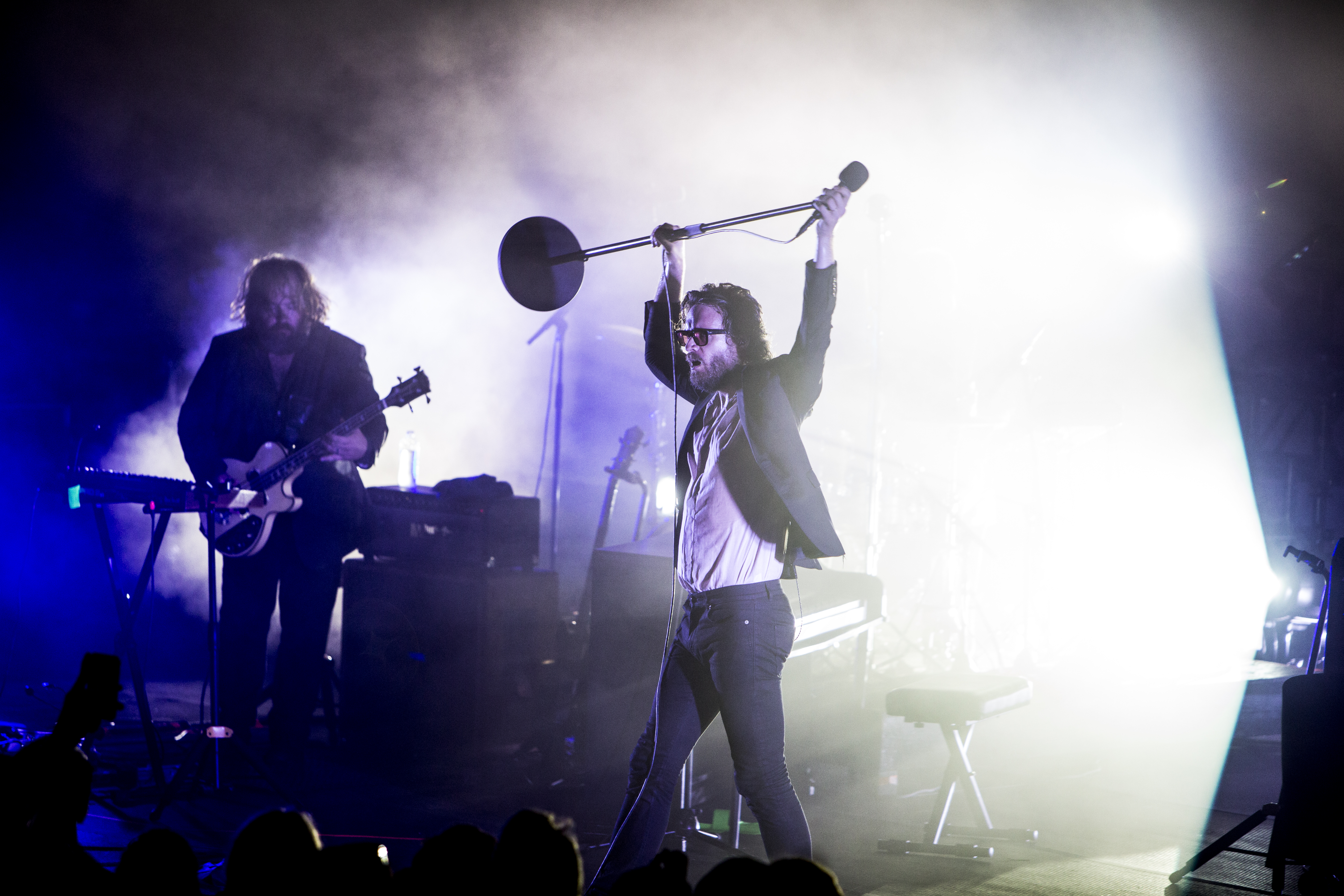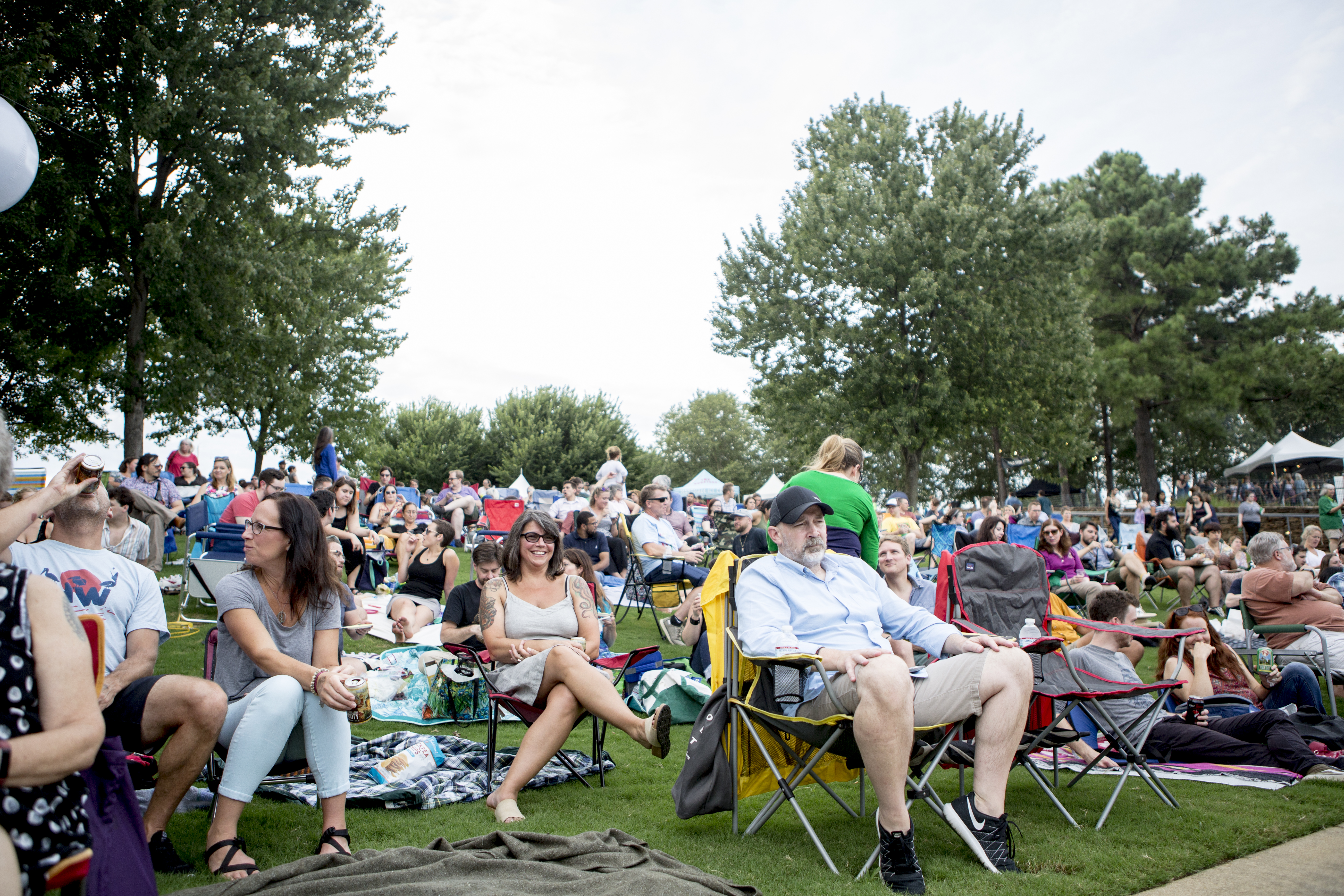
Philip Cosores
Of the components that make up a concert experience, the “where” is generally second to the “who.” For the right band, it doesn’t really matter where the concert takes place. Radiohead will probably rule in an arena or at a festival or at a water treatment facility. If Kanye West told fans to go to their town’s seediest gas station to see an intimate performance, there would be a line down the block. Depending on the level of fandom, artists can transcend the location, with the space just a footnote to the unforgettable performance witnessed.
But often, the location is almost just as big of a player as the artist. Sometimes this is simply because of the city or country that hosts the show, as concerts while on vacation can certainly be more memorable than seeing a concert in your hometown. Or maybe it’s because of the size of venue, as a big band playing in a small setting has made for some unforgettable live music experiences. But my personal favorite, and something that doesn’t get nearly enough play, is the idea of non-traditional music venues.
This is mainly what drew me to the North Carolina Museum Of Art in Raleigh on Wednesday, for a performance from Father John Misty and Jenny Lewis. I’d just seen Father John Misty weeks earlier at another one of the best live music venues in the world, the Hollywood Bowl, but I was convinced that seeing a couple of music’s best songwriters outdoors during the museum’s summer concert series would be something different, something special. And particularly in the summer months, music fans all over the country are drawn to parks and other non-venues for the same reason.
In my home of Los Angeles, there are a few of these types of spaces. Most notable is Hollywood Forever Cemetery, which hosts large outdoor concerts during the warmer months and smaller indoor concerts year round. It’s the site of both Chris Cornell and Johnny Ramone’s grave, features an abundance of geese and at least one peacock, and allows visitors to bring blankets and picnics to make a whole evening of it. Artists will generally allude to the surroundings, playing songs that evoke death or burial. When Sufjan Stevens played the space, he used the opportunity to reflect on human beings’ place in the universe, while Explosions In The Sky actually made the entire cemetery an immersive listening experience in advance of their concert.
But even elsewhere in Los Angeles, there are the monthly First Fridays at the Natural History Museum where you can catch rising indie artists playing the Hall Of Mammals (let me say, you really haven’t experience Wild Nothing until you’ve seen them playing in front of a buffalo exhibit) and monthly performances at the famed Getty Museum and the Santa Monica Pier. Even if you don’t care particularly who is playing the show, these events are just excuses to go out and enjoy the parts of your city that you might ordinarily leave for tourists. By putting on performances at some of the city’s most beloved locations, residents are treated to appreciate their home in a whole new way.
Of course, this isn’t a practice limited to Los Angeles. In New York, they have SummerStage to get out and enjoy the warm weather. When I visited a couple years back, I witnessed Anohni performing in the ornate Park Avenue Armory, a show put on by Red Bull to give the artist the chance to really transform a space to suit her vision. And elsewhere, from the Henry Miller Library in Big Sur to the Central Presbyterian Church in Austin — that hosts some of the most talked about moments at South By Southwest — non-traditional music spaces are some of the best chances to ensure a one-of-a-kind experience and inspired pairings (example: Julien Baker in any place is amazing, but in a church, she might as well be jolting her fans directly into heaven.)

On Wednesday night in Raleigh, the North Carolina Museum Of Art placed itself among the best of these atypical spaces. From the free parking just a short walk to the stage, to the sculpture garden that lined the walkway, to the backyard barbeque vibe that overtook the proceedings, everything about the event made it fully apparent that something special was going on. There was wine for sale by the bottle, artisanal ice cream for sale by the scoop, and plenty of viewing options that ranged from standing close to the stage, lounging in a reserved, tiered seating section, or bringing your own blanket and lawn chairs to enjoy the show comfortably from the back.
And, the musicians rose to the occasion, surely in part because of their surroundings. During her hour-long opening set that featured a number of new (excellent) tunes, Jenny Lewis noted that her band feeds off the energy of the crowd, and her exuberance was certainly a reflection of the engagement of the audience. There wasn’t the feeling that this was just another concert for music fans wedged in the middle of their busy schedule. It felt like a capital-E Event. This was underscored further during Father John Misty’s headlining set, when Lewis joined Misty to harmonize with him on the title track from his new album, God’s Favorite Customer.
For Father John Misty’s part, it’s hard to believe that any show he’s performing on his current tour wouldn’t feel special. He is that dialed-in, while still cracking the occasional joke that fans are sorely missing since he stopped doing press and using social media. But for the most part, he’s happy to let his songs do the talking, which is just fine because they say so much. The light show is masterfully designed and when he puts down the guitar and prowls the stage, as on highlight “Hangout At The Gallows,” he is almost Nick Cave-like, in how he incorporates hardcore frontman sensibilities, dapper menswear, and hyper-literate lyricism.
But for how on fire his set was, it will ultimately be the experience that the museum’s park has to offer that is most memorable. And that’s the thing about these non-traditional venues, that they can craft a full-bodied experience unlike a bar or club or standard large venue. There aren’t built-in food vendors and everything feels less typically commodified. It’s the closest we can get to the idea that any space can be a location for live music, and the more creative you get with the location, the more creative the art that’s performed there can feel. It might be the closest live performance can come to purity.






